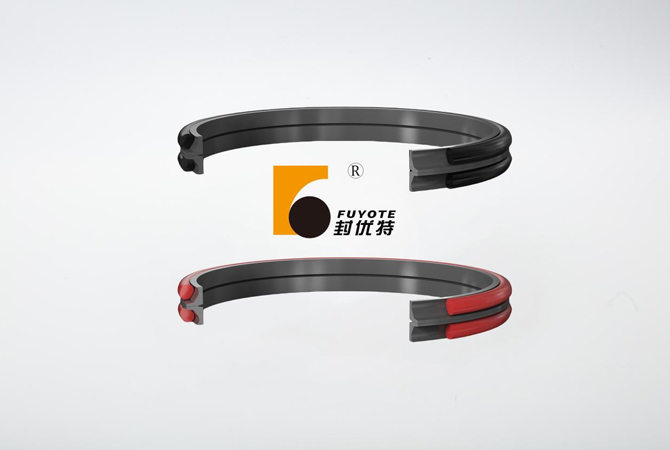Mechanical face seals are a type of sealing mechanism extensively utilized in both coal mining and construction machinery, primarily engineered to prevent fluid leakage. Their operational principle hinges on the buoyancy provided by the fluid and the presence of a lubricating oil film within the mechanical face seals, which together facilitate an effective seal.

A mechanical face seal typically comprises two metallic seal rings accompanied by a pair of o-rings. The dynamic and static rings encase lubricating oil, thereby creating a hermetically sealed chamber. During equipment operation, fluid permeates into this chamber via the shaft.
The operating principle of a mechanical face seal hinges on the concept of buoyancy. In the quiescent state of the equipment, lubricating oil occupies the sealing chamber, filling the interspace between the metal seal rings and thus establishing a relatively sealed milieu. Upon activation of the equipment, shaft movement induces a vortex within the liquid, concurrently fostering the formation of a lubricating oil film between the seal faces.

As the equipment operates, the lubricant film generates a pressure gradient that serves to inhibit fluid and media leakage. Concurrently, the mechanical face seal capitalizes on the lubricant’s properties to diminish frictional losses, thereby conserving energy, enhancing efficiency, and prolonging the service life of the machinery.